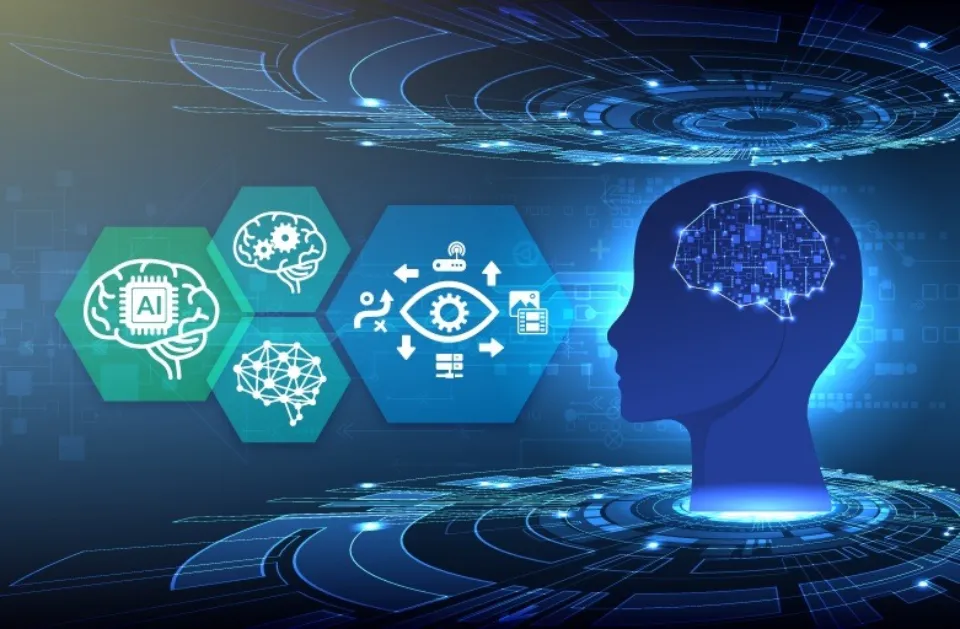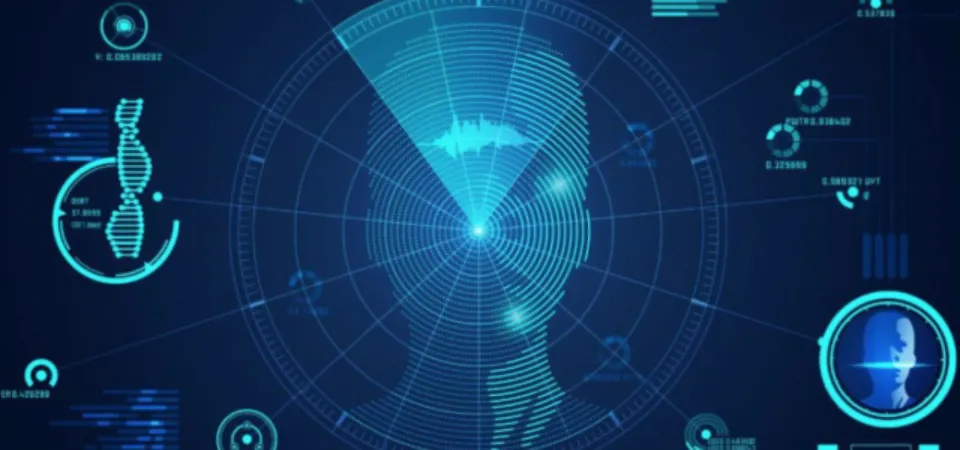Computer vision machine learning is a coupled breakthrough that continues to fuel the curiosity of startup founders, computer scientists, and engineers for decades.
Because it can be trivially solved by people, including very young children, the computer vision problem appears to be straightforward. However, due to the complexity of vision perception in a dynamic physical world with almost infinite variation, as well as the limited knowledge of biological vision, it largely remains an unsolved problem.
In this post, you will discover a gentle introduction to computer vision machine learning, keep reading and find out more.
Table of Contents
What is Machine Learning?
Machine learning is the study of algorithms and statistical models, which is a subset of artificial intelligence. By relying on patterns and inference rather than explicit instructions, systems use it to carry out tasks. It therefore applies to software engineering, pattern recognition, and computer vision.
With only a little help from software programmers, computers perform machine learning. Decisions are made using data, which is then put to interesting uses across a wide range of industries.
Unsupervised learning, semi-supervised learning, and supervised learning are the three categories that apply to it.
Read More:
What is Computer Vision?
Computer vision is the process of understanding digital images and videos using computers. It aims to automate operations that human vision can carry out.
This entails techniques for gathering, handling, analyzing, and comprehending digital images as well as the collection of information-producing data from the physical world. It also has sub-domains like object recognition, video tracking, and motion estimation, which means it has uses in things like object modeling, navigation, and medicine.

To put it simply, computer vision works with a device using a camera to take pictures or videos, then perform analysis. To comprehend the content of digital photos and videos is the aim of computer vision.
Additionally, use these photos and videos to draw something valuable and meaningful that will help you solve a variety of issues. Examples of such systems include those that can check to see if food is present in the refrigerator, those that can assess the health of ornamental plants, and intricate procedures like disaster recovery operations.
How Does Machine Learning Encompass Computer Vision?
A part of machine learning is computer vision. Much of the advancement in the field was divided into subfields like robotics, natural language processing, and image recognition as the interest in artificial intelligence and machine learning research waned between the mid-1980s and mid-1990s.
Furthermore, computer vision could be defined as a subset of deep learning. However, computer vision deconstructs and interprets visual data as opposed to processing simulated data or statistics.
Notably, many machine learning applications don’t require computer vision. Computer vision skills aren’t particularly useful to a machine learning system running a production line or creating digital twins for shipping tankers.
These systems have access to numerical representations of the information they need to learn and function.
Computer vision systems, on the other hand, need visual data to learn and operate. Hardware like cameras, optical sensors, etc. will be combined with the machine learning techniques previously discussed in computer vision systems.. This method does have some drawbacks, such as difficulties with hardware and the conversion of images into useful data structures for machine learning.
Despite these challenges, computer vision has been implemented in several contexts:
- Self-Driving Cars, where car machine learning systems must collect visual data from piloting the vehicle safely.
- Retail and Inventory, where advanced cameras in To update online inventories and speed up the checkout process, Amazon Go stores have been used to track when tangible items are taken off the shelves or replaced.
- Healthcare, where images of blood on surgical tools can be used to estimate blood loss and provide accurate information regarding patient condition to surgeons.
Final Words on Computer Vision Machine Learning
Despite the clamor of AI, machine learning, and computer vision, it was clear to us, albeit accurate, that the computer vision is still behind the human biological vision. Both business owners and developers must deal with this reality.
Aside from the fact that undertaking this kind of venture involved considerable costs, it also brought about resource scarcity and the restrictions of general learning algorithms.
FAQs
Does Computer Vision Use Machine Learning?
Computer vision is an application of machine learning and artificial intelligence that takes information from digital images and videos and makes meaningful decisions based on that information.
Is Computer Vision and Machine Learning the Same?
Computer vision, to put it simply, is a field of research into teaching machines to recognize patterns in visual data in a manner that is similar to how humans do it.
What Are the Machine Learning Algorithms Used in Computer Vision?
The most popular optical flow algorithms are Brox, TVL-1, KLT, and Farneback.




